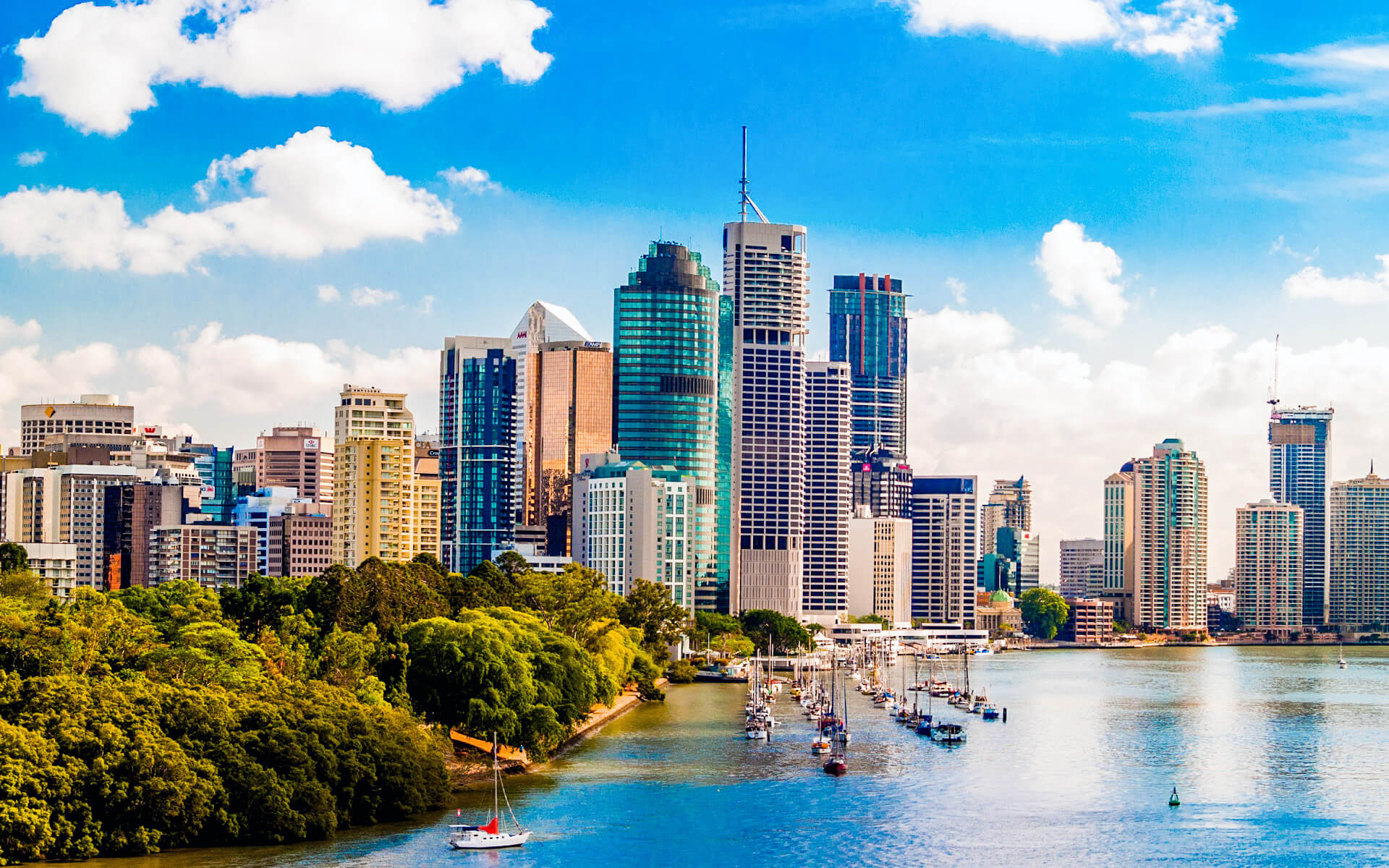Brisbane is the capital and most populous city of the Australian state of Queensland, as well as the country’s third most populated metropolis. The metropolitan region of Brisbane has a population of 2.3 million people, while the South East Queensland urban conurbation, which includes Brisbane, has a population of more than 3.4 million people. The Brisbane core business area is located inside a bend of the Brisbane River, about 15 kilometers (9 miles) from the river’s mouth at Moreton Bay. The metropolitan area stretches in all directions along the floodplain of the Brisbane River Valley between Moreton Bay and the Great Dividing Range, encompassing several of Australia’s most populous local government areas (LGAs), most notably the City of Brisbane, which is by far the nation’s most populous LGA. Brisbanite is Brisbane’s demonym.
Brisbane, one of Australia’s oldest towns, was formed on the historic homelands of the indigenous Turrbal and Jagera peoples. The location was selected as a home for secondary criminals from the Sydney Colony and was called after the Brisbane River, which was named after Scotsman Sir Thomas Brisbane, the Governor of New South Wales from 1821 to 1825. A prison colony was established in 1824 at Redcliffe, 28 kilometers (17 miles) north of the central business area, but it was quickly abandoned and relocated to North Quay in 1825, before opening to free settlement in 1842. The Australian frontier wars between 1843 and 1855 harmed the city, while the Great Fire of Brisbane and the Great Brisbane Flood slowed expansion. When Queensland was declared a distinct colony from New South Wales in 1859, Brisbane was selected as its capital. During World War II, Brisbane played an important part in the Allied war, serving as General Douglas MacArthur’s South West Pacific headquarters.
Today, Brisbane is widely renowned for its characteristic Queenslander architecture, which accounts for a large portion of the city’s constructed history. It is also known for its devastating floods, most notably in 1974 and 2011. The city is a famous tourist destination, acting as a gateway for travelers to the state of Queensland, notably the Gold Coast and the Sunshine Coast, prominent resort cities immediately south and north of Brisbane. Brisbane has hosted a number of major cultural, international, and sports events, including the 1982 Commonwealth Games, World Expo ’88, the last Goodwill Games in 2001, and the 2014 G-20 meeting.


